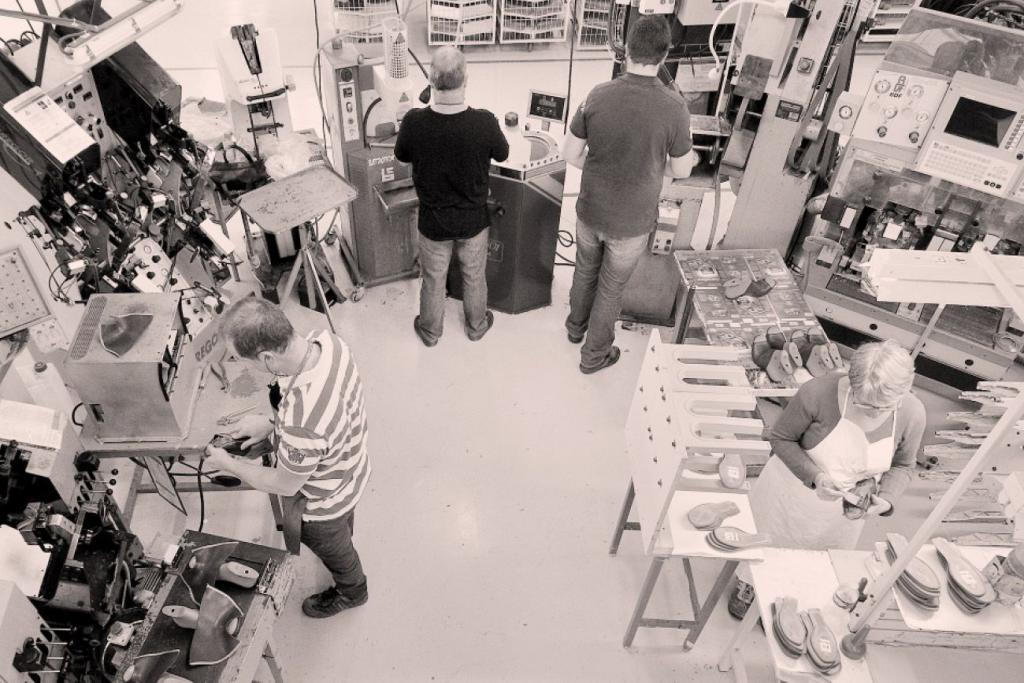Context and description
Tanning is the process which permits animal skin to be transformed into leather by dehydrating it to render it rot-proof.
To tan leather, tanning agents of mineral origin (namely chrome), and sometimes of plant origin, are used. In addition, this process requires vast quantities of water to soak the skins ("river work") and to create tanning agent solutions or dyes.
Working the leather is therefore a stage of the product life cycle which has a big impact from an environmental viewpoint. It therefore has its rightful place in an eco-design strategy even if it often occurs beyond rank 1 suppliers in the supply chain.






